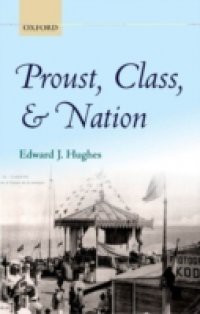Poetry is supposed to be untranslatable. But many poems in English are also translations: Pope's Iliad, Pound's Cathay, and Dryden's Aeneis are only the most obvious examples. The Poetry of Translation explodes this paradox, launching a new theoretical approach to translation, and developing it through readings of English poem-translations, both major and neglected, from Chaucer and Petrarch to Homer and Logue. The word 'translation' includes within itself a picture: of something being carried across. This image gives a misleading idea of goes on in any translation; and poets have been quick to dislodge it with other metaphors. Poetry translation can be a process of opening; of pursuing desire, or succumbing to passion; of taking a view, or zooming in; of dying, metamorphosing, or bringing to life. These are the dominant metaphors that have jostled the idea of 'carrying across' in the history ofpoetry translation into English; and they form the spine of Reynolds's discussion. Where do these metaphors originate? Wide-ranging literary historical trends play their part; but a more important factor is what goes on in the poem that is being translated. Dryden thinks of himself as 'opening' Virgil's Aeneid because he thinks Virgil's Aeneid opens fate into world history; Pound tries to being Propertius to life because death and rebirth are central to Propertius's poems. In this way, translation can continue the creativity of its originals. The Poetry of Translation puts the translation of poetry back at the heart of English literature, allowing the many great poem-translations to be read anew.



















